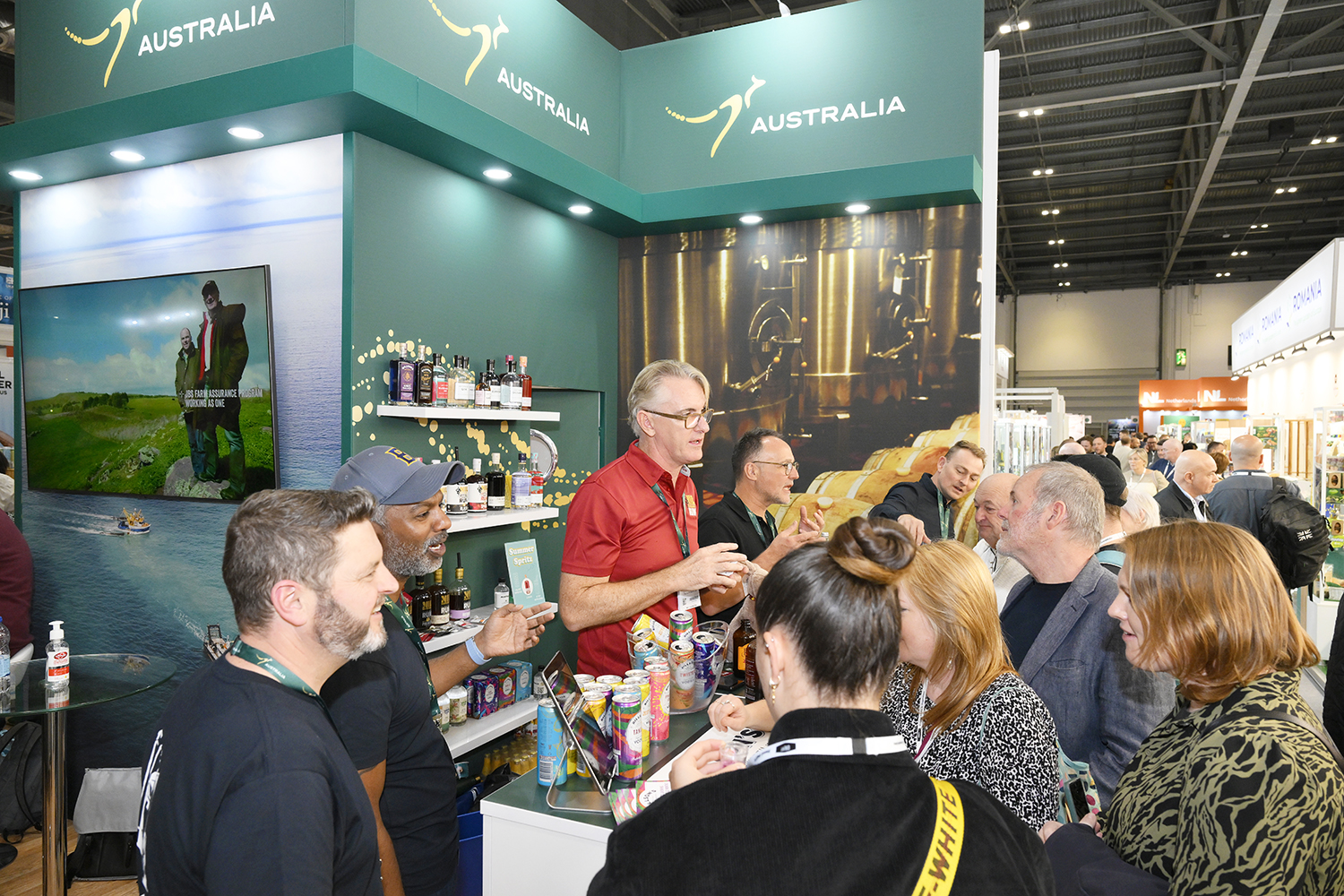Bordeaux is on the rise
By Ben KennedyGood news for hardworking vignerons, not such good news for river-front home owners.
After weeks of seemingly endless rainfall and the season’s highest tides this weekend the Garonne river burst its banks and flooded the Bordeaux quayside in the centre of town
All we seem to hear about in terms of Bordeaux is how the prices of the Crus Classés have been on the slide for years and there’s no sign of things improving. Burgundy and Italy are in favour and nobody could be less interested in claret these days. Well take a look at the graph and you’ll see that it’s not like that across the board.
There is plenty of growth in Bordeaux’s bulk wine market, in fact looking back at these weekly figures from the CIVB over the course of last year we see the price of vrac – bulk wine, sold by the 900-litre tonneau – has gone up by a quarter! Luckily we’re not talking about the already-expensive labels getting even more expensive due to cynical speculators, financing new cellars, visitor centres and company cars for the comfortable few.
These figures concern the masses of small viticulteurs who sell their wine to the cooperatives or négociants, to be blended and bottled as supermarket own labels and branded wines like Mouton Cadet or Malesan. This is the volume drinking end of the market, and it is doing rather well right now. Why? Well, the emerging markets are certainly playing a big part in this demand: for every Chinese billionaire who cancels his en primeur orders, there are thousands of his hard-working compatriots who are trying their first bottle of claret, or getting to know the wines of Bordeaux a little better. Elsewhere demand is also strong, not least in the traditional markets like Germany and the USA, where exports of Bordeaux have increased though 2013. Another reason for this increase is the scarcity of wine after such a horrible season last year. The big brands rely on continuity to maintain their sales so they can’t just skip a vintage if the cost gets a bit too high, they need to secure their volumes. It’s a seller’s market right now. Inevitably this is going to convert into a price rise to the consumer, but it won’t be anything like the Lafite bubble.
On the contrary, the real difference will be felt by the viticulteurs themselves, and in a positive way. Many of them are hardworking individuals struggling to carry on a family business with little option to change career, and often penalised by their own government despite the importance of wine to the French culture and economy. Good for them if they can enjoy a year when the outlook is a little less bleak than it normally is!
Partner Content
The other rise is a little more worrying – it’s the water levels. After weeks of seemingly endless rainfall, and with more forecast, the season’s highest tides combined this weekend to swell the Garonne river that runs through town to the point where it burst its banks and flooded the quayside in the centre of town and parts of three quartiers. Out of town much of the riverside is under water, the alluvial palus lands used for grazing or maize farming coming and going with each tide, but so far I have not come across any reports of flooding in the vines.
While winter rainfall poses no immediate problems in well-drained vineyards, tidal river flooding with salt water could have a very bad effect on soil quality, and the risk of losing topsoil is also a factor. There are some vineyards which are below sea-level, for example parts of the Graves de Vayres appellation, but the vast majority of Bordeaux’s vineyards are at least 6-7 metres above normal water levels, so they should be safe. And if it’s bad here, it’s nothing compared to our friends in the west of England…




